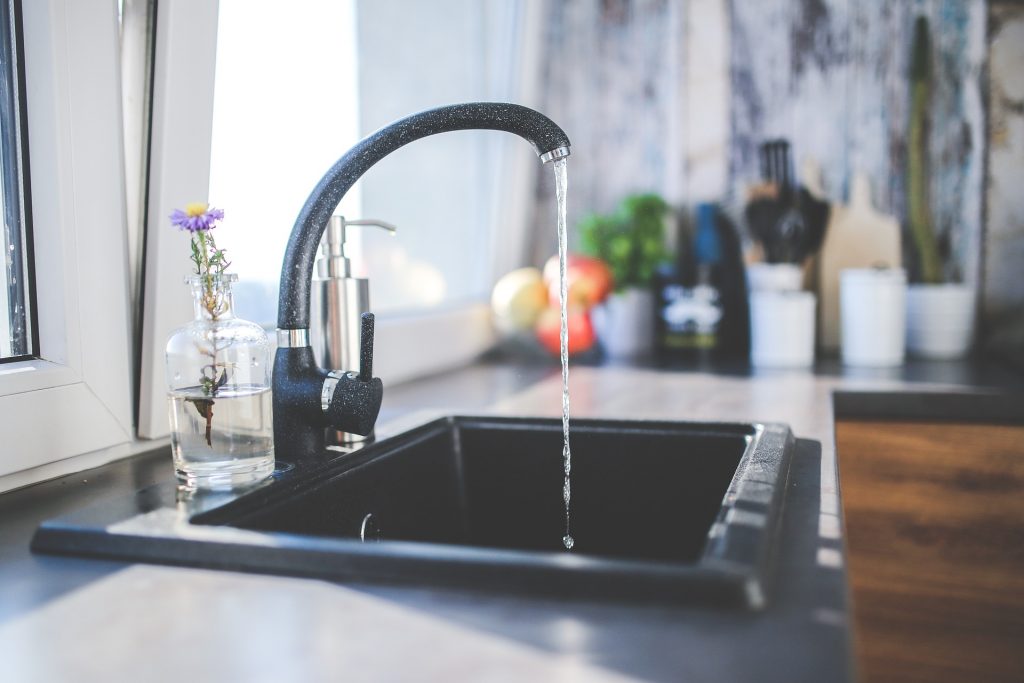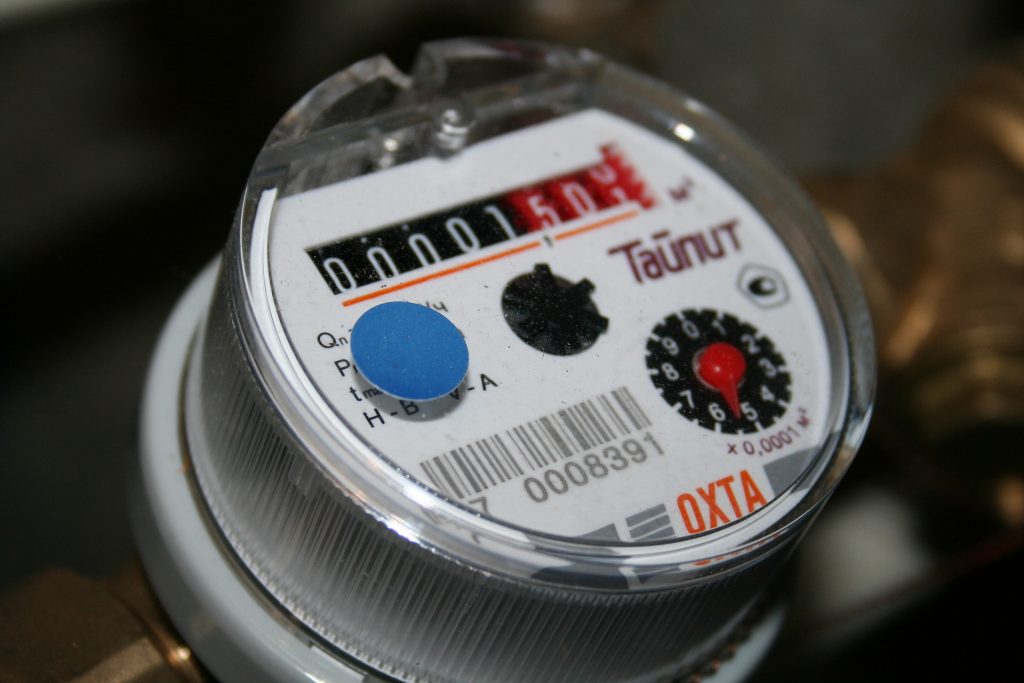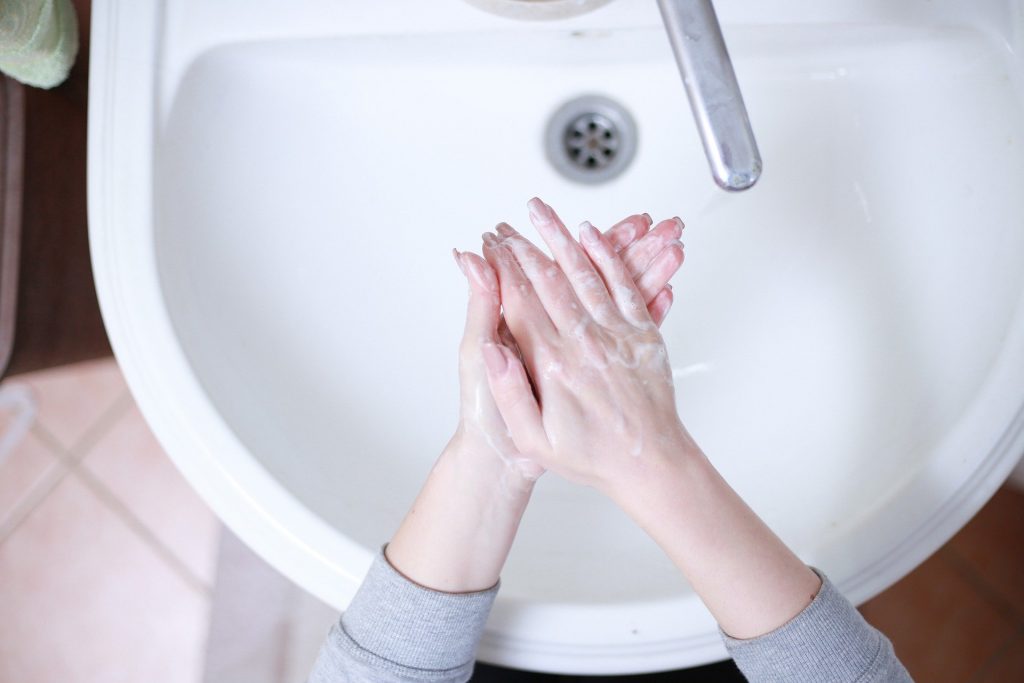 - minute read
- minute read

Because they’re separate from gas and electricity, many people find water bills a little daunting to figure out and get set up. Well, we have some good news – water bills are actually one of the easiest to organise! Because each area of the UK has a single supplier, you don’t need to search for the best deal.
We’re here to help guide you through setting up your water bill and answer any other questions you might have, including the different types of water tariffs, checking who your supplier is and how to reduce your water bill.
A water bill is exactly what it sounds like – the bill you pay for the water used in your property. Every month (or every quarter in some cases), you’ll receive a bill that you and your housemates need to pay by the due date. This bill will outline the calculations of your water usage that have been applied to get your bill total. This amount will be based on whether you have a metered or standard tariff (we’ve gone into these tariff types further down).
As lovely as it’d be to find out that your landlord is responsible for the water bill, this unfortunately isn’t the case. As you and your housemates are the tenants who will be using the water, you’ll also be the ones paying for it. The only case where this doesn’t apply is when your rental home is ‘bills included’. In this case, your landlord will pay for the water bill.
This is something that you and your house or flatmates should get set up ASAP and always pay when it’s due. Taking care of your finances and creating a budgeting planner will help ensure that you always have enough money to pay every month.
Water bills are unique as they are one of the only utilities that you can’t change suppliers for. Because only one water supplier operates in every area, finding them is easy. It’s best to do this on the day you move in, in order to stay organised and keep everything manageable.
You can find out who your water supplier is by asking your landlord or visiting Water UK and putting in your postcode. It’s actually likely they’ll send you a water bill in the post when you move in, so you won’t have to do any checking in this case.
Once you’ve found out who your water supplier is, we’d recommend contacting them so they can provide advice on what needs to be done to get your account up and running. One of you or your housemates will need to volunteer to be the account holder. The account holder will then be responsible for getting the necessary funds off everyone else when payment time rolls around. If one of you lives for being organised, then they’re probably born for this role.
To get your rental property set up, you’ll need to provide the supplier with:
This information can be provided online or over the phone.
Of course, you could save this hassle by getting an all-in-one bills package. This is a huge time saver as we set up and bundle utilities (including water, Wi-Fi, TV and council tax) into one simple monthly bill which is equally split between you and your housemates.
The payment methods for water depend on whether your supply is metered or standard. Standard tariffs are much more common, but some landlords prefer metered tariffs as they ensure that bills are minimal when homes are empty over the summer/holidays.
Water meters are pretty similar to any other type of utility meter. They record the amount of water you’ve used and charge you based on this amount. These tariffs can be slightly higher than standard but are free to fit. Depending on the number of people in your home and the lifestyles you lead, a water meter can end up saving you money, especially if you follow some water-saving tips (see more on this later on).

If you don’t have a water meter, then the amount you pay will be based on a government survey that estimates how much water your household will use. Standard tariffs are usually paid on a monthly or quarterly basis. If the amount you’re paying seems a little unclear, then your water supplier will be able to offer advice.
The most low-stress way of paying your water bill is by setting up a direct debit payment. Doing this means that you won’t have to worry about remembering every month or quarter. When paying for multiple housemates, it’s probably best that everybody sets up separate direct debits to the account holder a couple of days before payment is due.
Some of the other ways that water suppliers will allow you to pay for your water bill include:
These payment methods can all be set up at the same time that you make first contact with your water supplier.
According to Water UK, the average water bill will currently set you back £396.60 per year (this is for an entire household, rather than one person). The exact amount will be affected by a few different factors, including whereabouts in the UK you live, how many people you live with and how carefully you use water.
These figures are for Southern Water users so may be slightly higher than other parts of the country. They still provide a good indicator of how extra household occupants cause prices to scale up.
These amounts come from Thames Water and are based on fixed tariff estimates. On a fixed tariff, homes with more rooms are estimated to use more water.
Here are a handful of our favourite ways to reduce your water bill and save on your energy bills:

Already sorted your house but need to set up bills? We can help with this too – we set up and split utilities for you. Get a free quote for your utilities here.



All your utility bills in one monthly payment, split between housemates
Get a quote


All your utility bills in one monthly payment, split between housemates
Get a quoteFinding his article helpful? We’ve got plenty more helpful articles on there way. Join our Savvy Sunday mailing list